HISTORY
Each person feels its melody in his own way which resembles a human voice and therefore is more moving and touching, more influential and close to heart. Duduk is not just an instrument. Duduk is a soul and a feeling, it’s poetry without words, it’s a call and a road to the depth of human heart. Duduk was born many centuries ago from Armenian apricot wood when the Armenian man wanted to empty his soul and tell the things that could not be expressed through words.
The apricot tree has a hard wood. It grows in heat and swelter, endures the frost and the heat of its birthplace – Armenian Highland. And it parches as it continually hardens. When you hit the trunk of the apricot tree, you can hear a metallic ring – it seems as the tree is singing. Strong, firm, solid, an emotional song filled with feelings.
The Armenian man called the instrument which was made of apricot wood an Apricot Pipe. Later that wonderful instrument was presented to the world with the name Duduk.

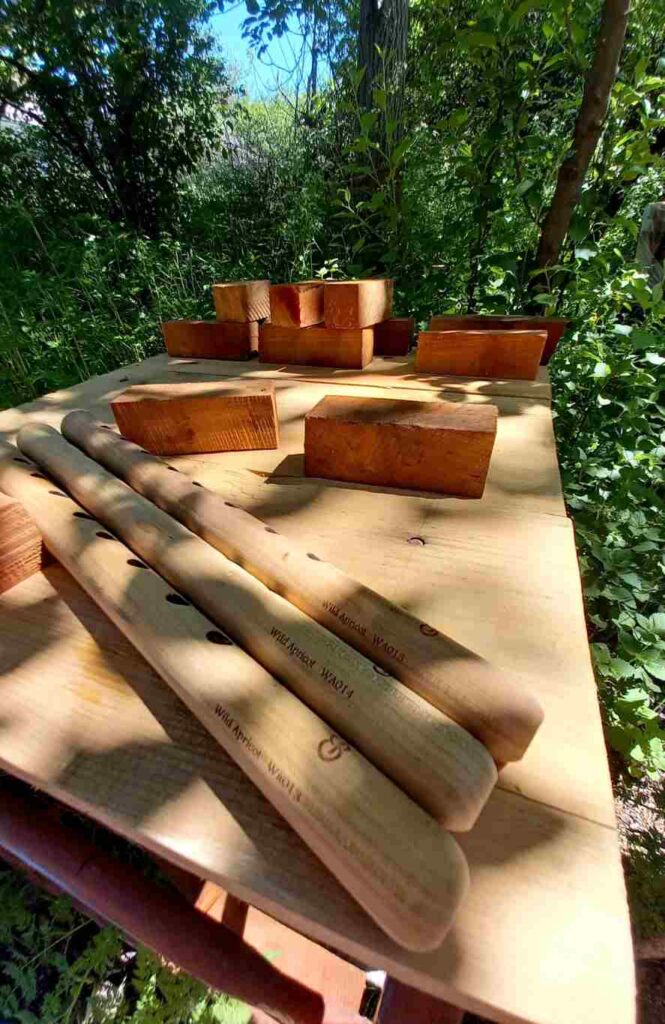
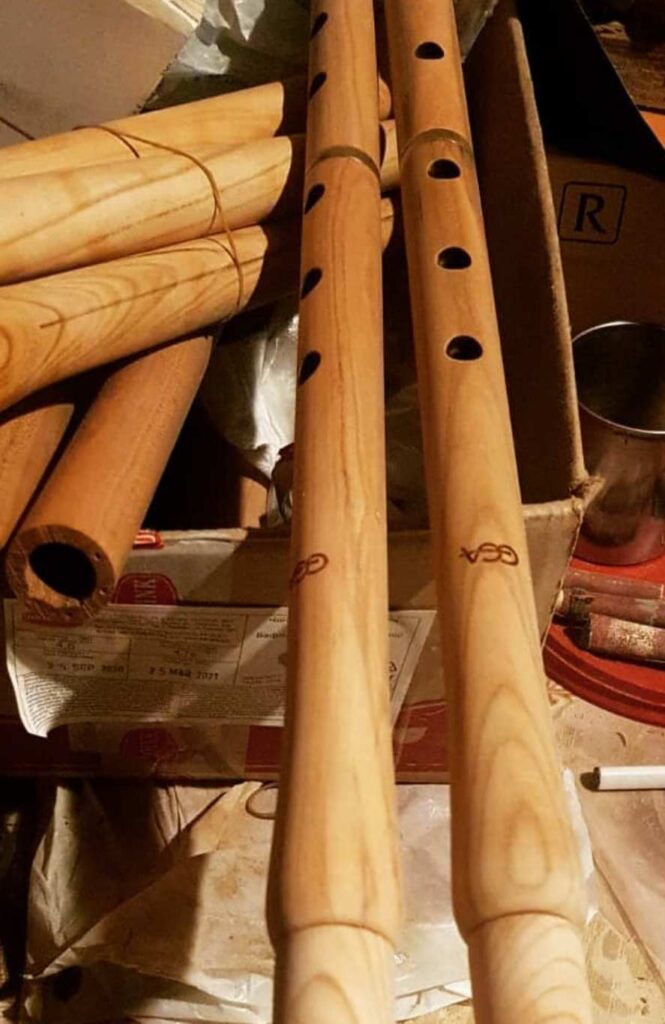
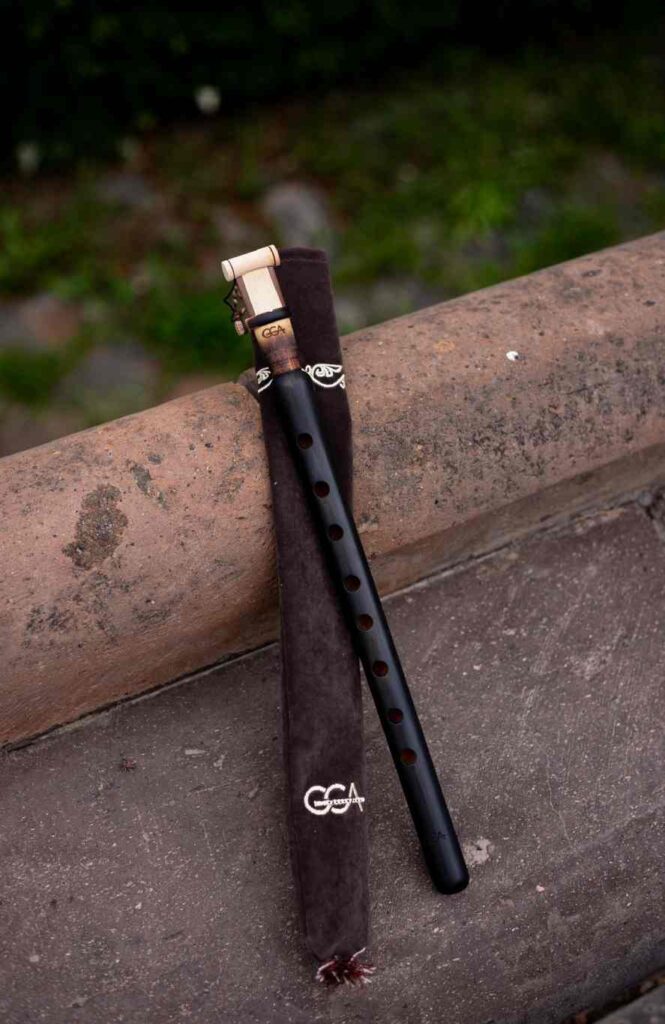
The Armenian man called the instrument which was made of apricot wood an Apricot Pipe. Later that wonderful instrument was presented to the world with the name Duduk. Today it sounds all over our planet and is becoming the interpreter of the most beautiful and the deepest emotions not only for Armenians but the whole humanity.
Duduk is a language that reaches all the nations, duduk is a feeling that touches every human anywhere and everywhere on the planet.
Duduk making
The duduk is a double-reed instrument. It consists of two parts: the body and the reed. The process of crafting a duduk begins with carefully selecting the wood. A 30-35-year-old apricot tree is chosen, and the middle section of the trunk is separated. From this section, defect-free wood of the appropriate size is selected.
The wood is naturally dried for 5-7 years. Using various tools, the duduk is shaped, and then the master tunes the instrument.
The reed, known as “gamish,” is made from reed cane. A reed of suitable diameter is chosen, and after processing, it acquires its structure and sound properties. The gamish has a volume regulator made of grapevine and a cover made of willow wood.
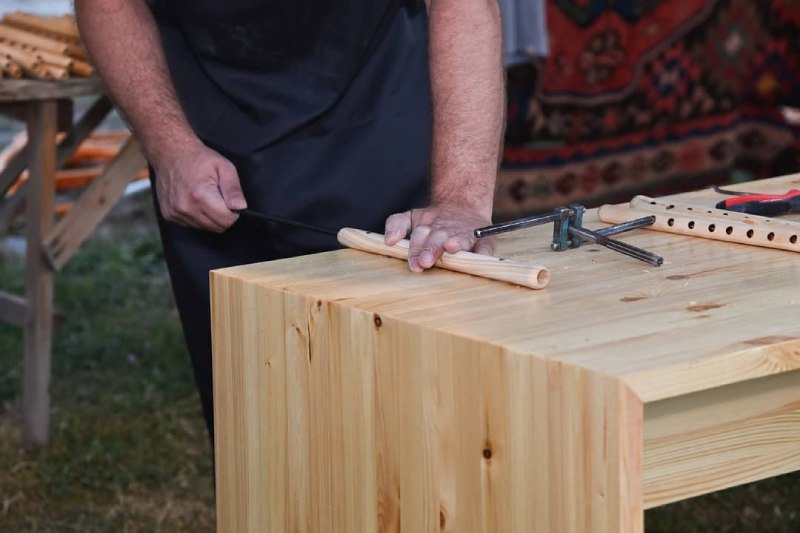
Types of Duduks
Due to the limited volume range of the duduk (about one and a half octaves), duduks are available in all tones that vary in size, range and timbre. Here are some of the most common types of duduk:
Bass duduk - This is the largest and lowets-pitched type of duduk. The most common bass duduks are A key bass duduk and F key bass duduk. The range of A bass duduk – A ( big octave) – A (small octave). The range of F bass duduk – D ( smaal octave) – F second octave). Bass duduk is used primarily for providing a deep, resonant bass line in ensembles.
Tenor duduk - The tenor duduk is the most common type of duduk. There most common tenor duduks are A key duduk and B key duduks. The range of A duduk – F #(small octave ) – A 1st octave) . The range of B duduk – ( F small octave) – B ( 1st octave).Tenor duduk is used for both solo and ensemble playing.
Soprano duduk - The soprano duduk is the smallest and highest-pitched type of duduk. The most used soprano duduks are C key and D key duduks. The range of C duduk - A (small octave) – C (2nd octave). The range of D duduk - H (small octave) – D (2nd octave).The soprano duduk is endowed with a bright, loud, and colorful timbre and is frequently used in dance melodies.
Baritone duduk - This is a larger type of duduk that is tuned to the key of G, which gives it a deeper and more resonant sound than other types of duduk. The range of G duduk is E(small octave) – G (1st octave). It is used primarily for ensemble playing.
interesting facts about duduk
The exact date of when the first duduk was made is not known, as the instrument has a long and rich history that dates back thousands of years. However, the duduk is believed to have originated in the Armenian Highlands. The earliest known references to the duduk can be found in Armenian literature from the 5th century, and it is also depicted in ancient Armenian stone carvings and manuscripts. This suggests that the duduk has been in use for at least 1,500 years, and it may have been developed even earlier than that.
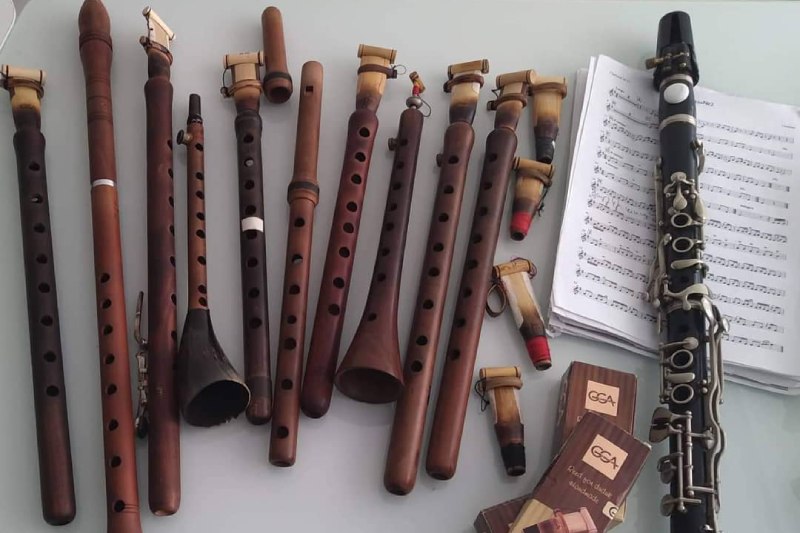
The duduk was traditionally played in rural areas during social and religious gatherings, and it was also used in Armenian monasteries for liturgical music. It was considered to be an instrument of the shepherds and was often played during long periods of solitude in the mountains.
In the 20th century, the duduk gained international recognition thanks to the efforts of Armenian musician Djivan Gasparyan, who brought the instrument to the attention of western audiences. He has collaborated with many famous musicians and composers, including Peter Gabriel, Hans Zimmer, and Michael Brook.The duduk has been used in many famous films to create a distinctive and haunting sound that evokes the feeling of the Armenian Highlands. Here are some examples of movies where the duduk has been featured prominently in the soundtrack:
"The Last Temptation of Christ" (1988) - Composer Peter Gabriel used the duduk extensively in the soundtrack for this controversial film about the life of Jesus.
"Gladiator" (2000) - The duduk is featured in the score for this epic film about a Roman general who becomes a gladiator. Composer Hans Zimmer incorporated the duduk's haunting sound into the main theme of the movie.
"Syriana" (2005) - The duduk is used in the soundtrack of this political thriller about the oil industry in the Middle East. Composer Alexandre Desplat used the duduk to create a sense of tension and foreboding throughout the film.
"Blood Diamond" (2006) - The duduk is used in the score for this film about the diamond trade in Sierra Leone. Composer James Newton Howard used the duduk to evoke the African landscape and to create a sense of melancholy and loss.
"The Promise" (2016) - This historical drama about the Armenian Genocide features a prominent role for the duduk in the soundtrack. Composer Gabriel Yared incorporated the instrument's mournful sound to great effect in the film's emotional scenes
These are just a few examples of the many films that have used the duduk to great effect in their soundtracks. The instrument’s unique sound and emotional resonance make it a popular choice for composers looking to create a sense of drama and atmosphere in their music.
Today, the duduk is recognized as an important cultural symbol of Armenia and has been declared a UNESCO Intangible Cultural Heritage of Humanity. It is played in traditional Armenian music as well as in contemporary music and film soundtracks. Today it sounds all over our planet and is becoming the interpreter of the most beautiful and the deepest emotions not only for Armenians but the whole humanity. Duduk is a language that reaches all the nations, duduk is a feeling that touches every human anywhere and everywhere on the planet.
GGA represents professional musical instruments, that are recognized all over the world. The instruments are exclusively hand-made works. Feel the spirit of the orient music.
Follow us
Write review
We Are Here To Assist You
contact us today
© 2021 All Rights Reserved. Website created by SeoProExpert

